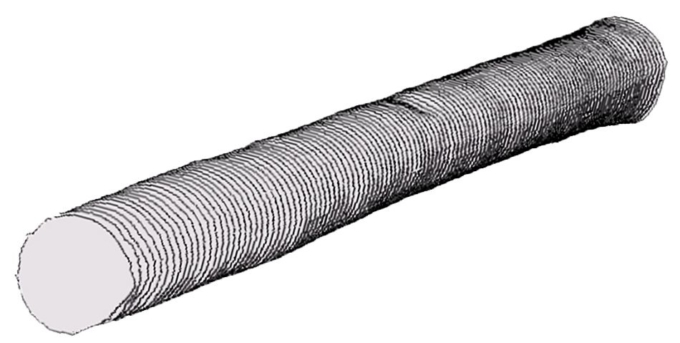Modern sawing process requires a lot of various scanning events. Before, the sawing machines logs are scanned and after sawing cants and sawn timber are inspected.
Rotating the log into optimal position before sawing is the first scanner function. After that, cants are scanned, and side boards optimized and after secondary breakdown machines sawn timber thicknesses and possibly widths can be monitored.

© Lisker Oy

